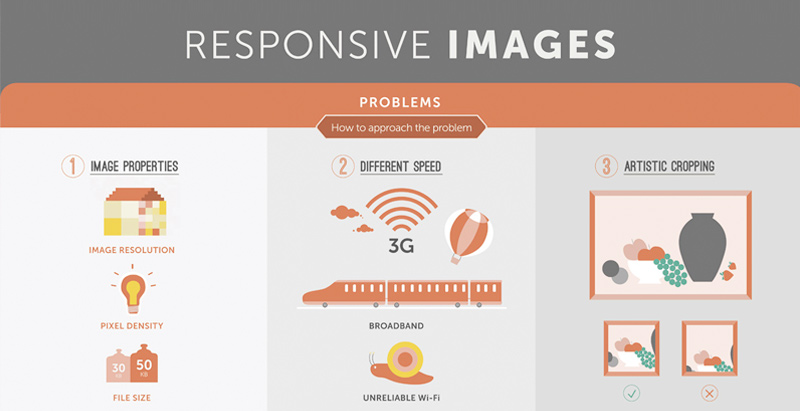The Makeover Of Online Platforms: A Journey Via Time
The Makeover Of Online Platforms: A Journey Via Time
Blog Article
Post By-Asmussen Bowles
In the past, internet sites were easy and concentrated on info. Navigating was straight, and style was for desktop computers. Currently, customer experience is vital. web content optimization guides layouts for easy navigation. Receptive layouts fit various devices. Today, dark mode minimizes stress, and minimal food selections improve navigating. Interactive attributes engage users, and bold visuals stick out. AI integration enhances engagement. See just how layout has advanced to boost your online journey.
Very Early Days of Web Design
In the very early days of web design, simpleness preponderated. web creative were basic, with minimal colors, fonts, and designs. The focus got on supplying details instead of showy visuals. Users accessed the internet through sluggish dial-up links, so rate and capability were essential.
Navigation menus were straightforward, normally located on top or side of the page. Internet sites were made for home computer, as mobile browsing wasn't yet prevalent. Material was king, and developers focused on very easy readability over intricate style aspects.
HTML was the key coding language made use of, and designers had to work within its constraints. Computer animations and interactive attributes were marginal contrasted to today's criteria. Internet sites were static, with little vibrant material or individualized individual experiences.
Surge of User-Focused Layout
With the advancement of internet site design, a change towards user-focused design principles has actually ended up being increasingly famous. Today, creating web sites that focus on user experience is important for engaging site visitors and accomplishing company goals. User-focused design involves comprehending the needs, preferences, and behaviors of your target market to tailor the internet site's format, content, and features appropriately.
Developers currently carry out extensive research study, such as user studies and functionality testing, to collect insights and responses directly from customers. This data-driven method assists in producing user-friendly navigation, clear calls-to-action, and aesthetically enticing interfaces that reverberate with site visitors. By putting the user at the center of the design process, internet sites can deliver a much more personalized and pleasurable experience.
Responsive style has additionally emerged as an essential aspect of user-focused style, ensuring that websites are enhanced for different gadgets and screen sizes. This adaptability improves ease of access and functionality, dealing with the varied means users connect with websites today. In essence, the rise of user-focused layout signifies a change towards creating electronic experiences that prioritize the needs and expectations of completion customer.
Modern Trends in Website Design
Discover the latest patterns forming web design today. One prominent fad is dark mode design, using a streamlined and contemporary appearance while minimizing eye strain in low-light atmospheres. Another crucial pattern is minimalist navigating, streamlining food selections and enhancing user experience by focusing on essential elements. Including micro-interactions, such as animated buttons or scrolling results, can produce a more engaging and interactive web site. Responsive design remains crucial, making certain seamless customer experiences across numerous gadgets. Additionally, making use of vibrant typography and unbalanced designs can add visual passion and draw attention to particular web content.
Integrating AI modern technology, like chatbots for client support or customized recommendations, enhances customer interaction and simplifies procedures. Availability has additionally come to be a significant pattern, with developers focusing on comprehensive layout techniques to cater to varied customer requirements. Welcoming sustainability by enhancing website efficiency for speed and performance is one more emerging pattern in web design. Collaborating with individual feedback and data analytics to repeat and improve style continually is crucial for staying appropriate in the ever-evolving electronic landscape. By embracing these modern trends, you can create an aesthetically attractive, user-friendly internet site that reverberates with your audience.
Verdict
As you review the advancement of site layout from the very early days to currently, you can see just how user-focused style has actually become the driving force behind modern trends.
Welcome the journey of change and adaptation in website design, always maintaining the customer experience at the forefront.
Keep current with the current patterns and technologies, and never ever quit advancing your technique to create aesthetically spectacular and user-friendly internet sites.
Evolve, adjust, and develop - the future of website design is in your hands.
